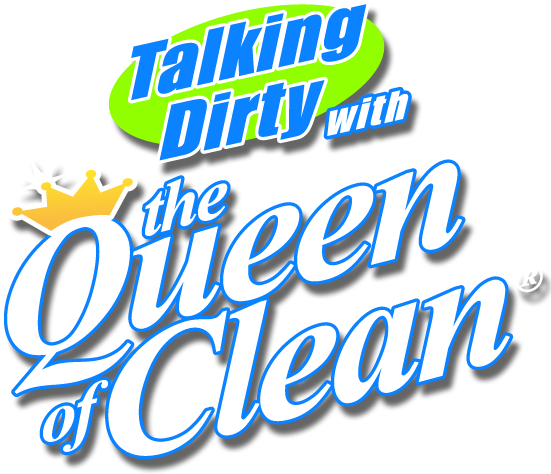CLEANING TIP SEARCH
Find your cleaning solution below
SURPRISING USES FOR VINEGAR
April 4, 2016 Morning Show (3TV/Phoenix). Broadcasted LIVE on air at 8:15am:
- Dishwasher Rinse Aid
Instead of chemical-laden, store-bought rinse aids, fill your dishwasher’s rinse air reservoir with white vinegar instead. Your dishes will sparkle for less money and with fewer harsh chemicals.
- Remove Sticky Labels
Use a rag to soak the sticker in white or apple cider vinegar, then use an old gift card to scrape it away. If there’s any gunk left when you’ve got the sticker off, soak it with more vinegar for a few minutes, then scrub it with your rag.
- Revive Old Paintbrushes
Soak gunked-up nylon brushes in hot vinegar for up to 30 minutes to remove paint and soften the bristles. Afterward, wash them in hot, soapy water, brushing off paint as needed, then rinse and let dry—good as new.
- Clean a dirty thermos or travel mug
To get a thermos bottle clean, fill it with warm water and 1/4 cup white vinegar. If you see any residue, add some uncooked rice, which will act as an abrasive to scrape it off. Close and shake well. Then rinse and let it air-dry. Fill travel mugs with ¼ cup white vinegar and add hot water to the top. Soak overnight and then rinse well.
- Deodorize lunch boxes and coolers
Has your child’s lunch box has taken on the bouquet of week-old tuna? Quit holding your breath every time you open it, and save them from lunchtime embarrassment with a quick deodorizing treatment. Soak a slice of white bread in white vinegar and leave it in the lunchbox overnight. The smell should be gone by morning.
- Disinfect cutting boards
To disinfect and clean your wood cutting boards or butcher block countertop, wipe them with full-strength white vinegar after each use. The acetic acid in the vinegar is a good disinfectant, effective against such harmful bugs as E. coli, Salmonella, and Staphylococcus. When your wooden cutting surface needs deodorizing as well as disinfecting, spread some baking soda over it and then spray on undiluted white vinegar. Let it foam and bubble for five to ten minutes, then rinse.
- Make an all-purpose scrub for pots and pans:
For an effective scouring mix that costs a few pennies, and can be safely used on all of your metal cookware try this scrub. Simply combine equal parts salt and flour and add just enough vinegar to make a paste. Work the paste around the cooking surface and the outside of the utensil, then rinse off with warm water and dry thoroughly with a soft dish towel.

